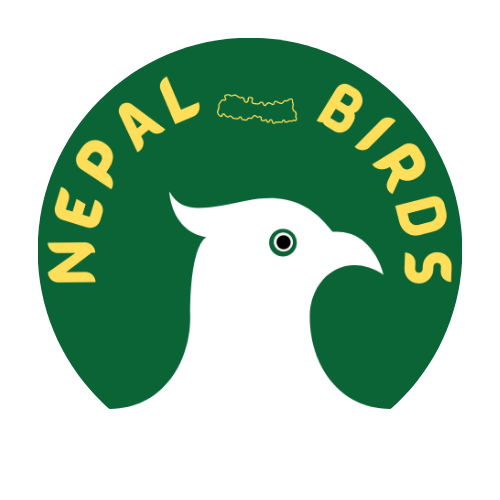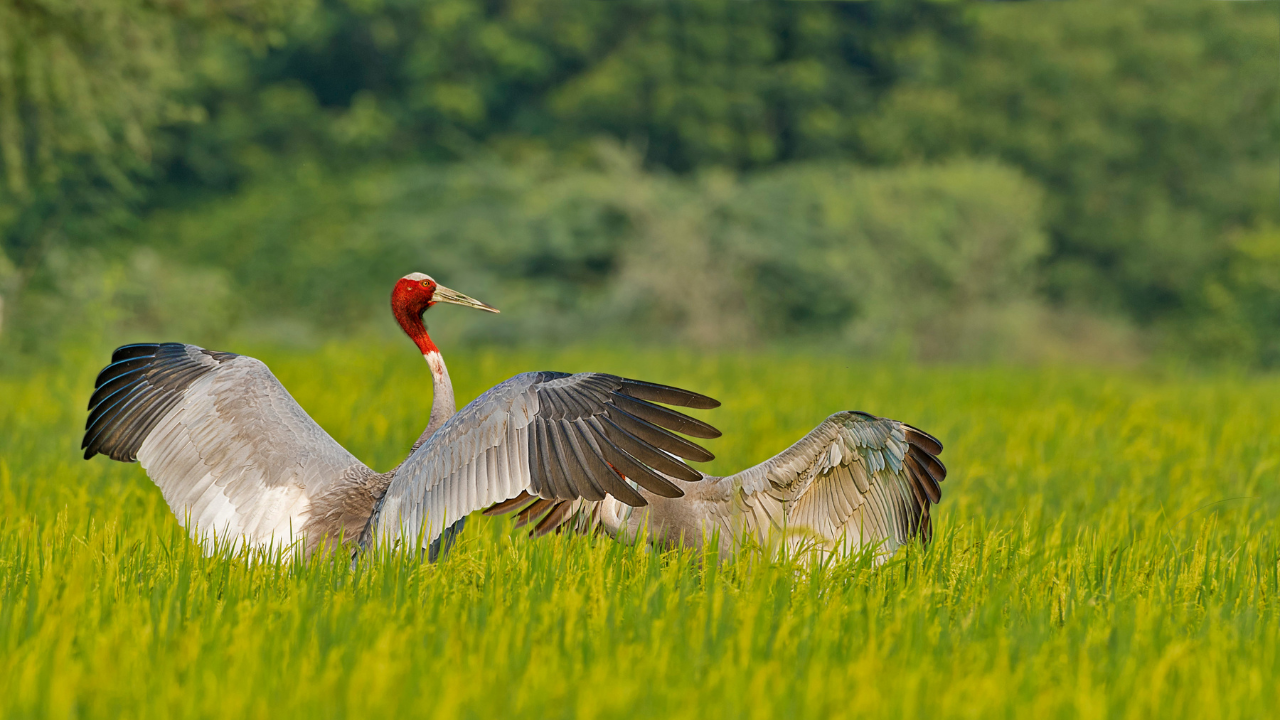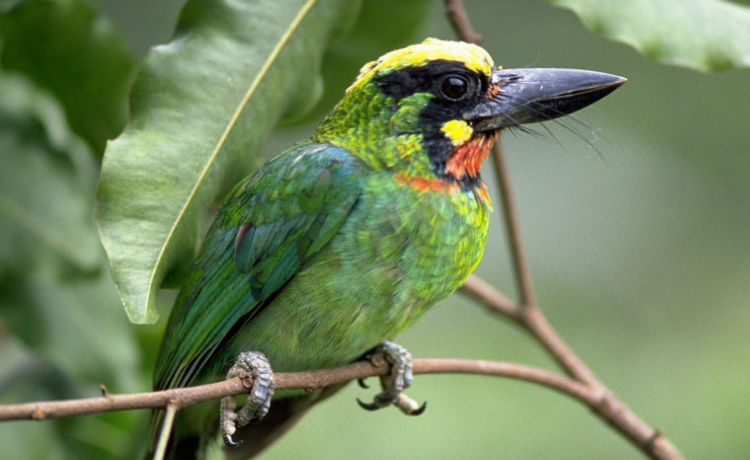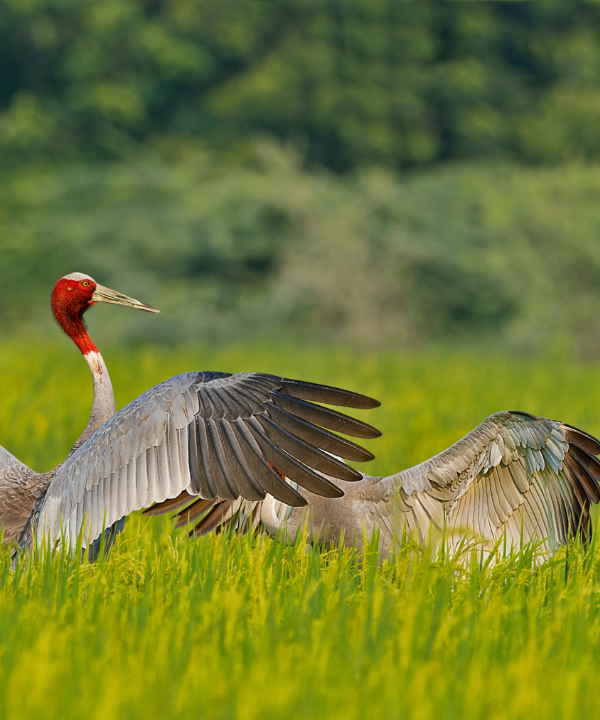Sarus Cranes: The Tallest Flying Wonder Birds
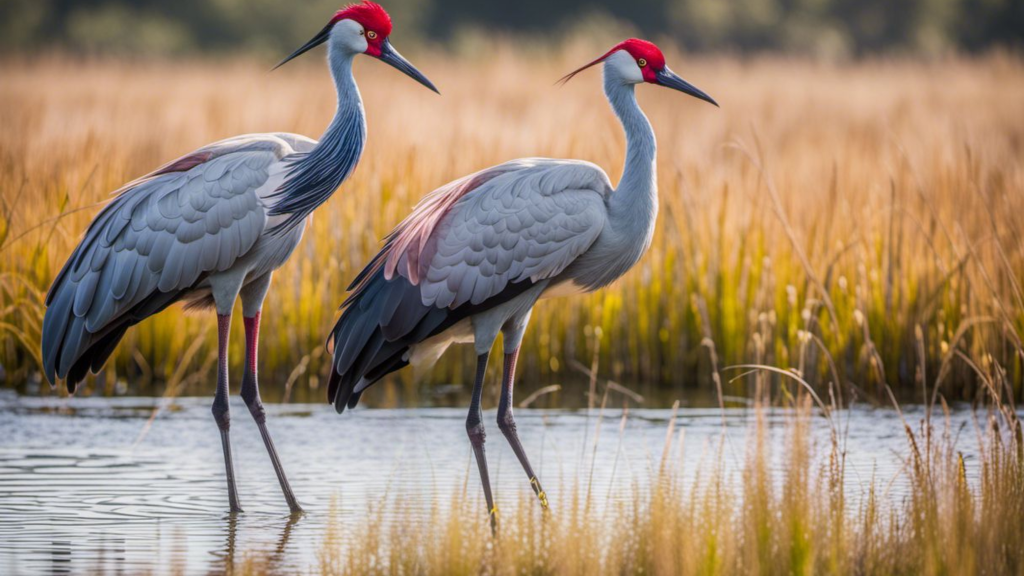
Are you intrigued by the beauty and majesty of Sarus Cranes, yet find it challenging to understand their unique habits and characteristics? Sarus Cranes are one of the 15 impressive Crane family members and the world’s tallest flying bird.
Our deep dive into their lifestyle, habitat adaptation, conservation issues, and cultural significance will unravel fascinating information about these majestic creatures. Get ready to take flight with us on a captivating journey into the life of Sarus Cranes!
Key Takeaways
- The Sarus Crane is the tallest flying bird in the world, reaching up to 1.8 meters (5.9 feet) tall with a wingspan of 2.4 meters (8 feet).
- It has a distinctive red head and upper neck, adding to its unique appearance.
- The Sarus Crane is primarily found in Nepal, India, and Australia, inhabiting wetlands and grasslands.
- These endangered species face habitat loss and human disturbance threats due to agricultural expansion and development.
Taxonomy and Description
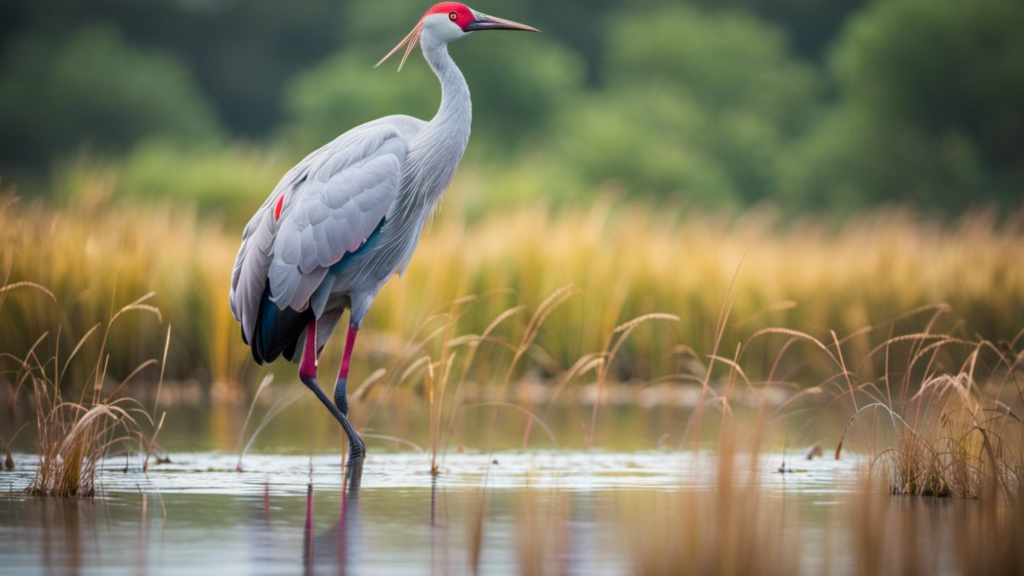
Sarus Cranes, scientifically known as Grus antigone, are renowned for their towering stature and majestic appearance. As the tallest flying bird species in the world, these cranes can grow up to an impressive 1.8 meters (5.9 feet) tall with a wingspan stretching up to 2.4 meters (8 feet).
Their strong, elongated necks add to their prominent height which is further accentuated by the grey plumage that covers their bodies.
Aside from their size, what truly sets the Sarus Cranes apart is their distinctive red head and upper neck. This striking feature offers a colorful contrast against its predominantly grey body feathers while adding an aura of uniqueness to this incredible wetland dweller.
Moreover, they tip the scale at around 18.5 pounds or 8.4 kgs making them one of the heaviest birds capable of flight! With such outstanding features and traits, these avian giants stand out in any setting – sprawling grasslands or lush wetlands.
| Name | Sarus Cranes |
|---|---|
| Scientific Name | Grus antigone |
| Height | Up to 1.8m (5.9ft) |
| Wingspan | Up to 2.4m (8ft) |
| Neck & Head Color | Distinctive red |
| Weight | Around 18.5 lbs (8.4 kgs) |
Distribution and Habitat of Sarus Cranes
Sarus Cranes inhabit various regions across the globe. Here are the primary areas:
- Indian Subcontinent: They are found in parts of the Indian subcontinent, including India, Pakistan, and Nepal. In India, they are widely distributed on the lowlands along the Gangetic plains, extending south to the Godavari River, west to coastal Gujarat, and east to West Bengal and Assam. Nepal’s distribution is restricted to the western and central lowland plains.
- Southeast Asia: Two distinct populations of Sarus Cranes occur in Southeast Asia: the northern population in China and Myanmar, and the southern population in Cambodia and Vietnam. They used to extend to Thailand and further east into the Philippines, but may now be extinct in both these countries.
- Australia: In Australia, they are found only in the north-east and are partly migratory in some areas.
Sarus Cranes in Nepal
Nepal boasts thick jungles, shimmering rivers, and lush wetlands – the perfect home for the majestic Sarus crane. The current status of Sarus Crane in Nepal looks promising. Their population has seen a jump from 350 to 700 since 2010 – according to a report from Nepal Zoological Society. The diverse ecological landscape of this South Asian country provides ample opportunities for birdwatching enthusiasts to catch a glimpse of this endangered species.
Tall in stature with a distinctive red head, these cranes grace the tranquil wetlands while feeding on aquatic plants and small vertebrates.
The Sarus Cranes’ attachment to its habitat in Nepal isn’t simply ecological; it’s emotional too. Unlike many avian species that migrate based on seasons, these resplendent birds display human-like emotions of tenderness and distress if removed from their habitats.
Their courtship behaviors—featuring elaborate dances complemented by trumpet-like calls—are fascinating spectacles often observed in the open grasslands here.
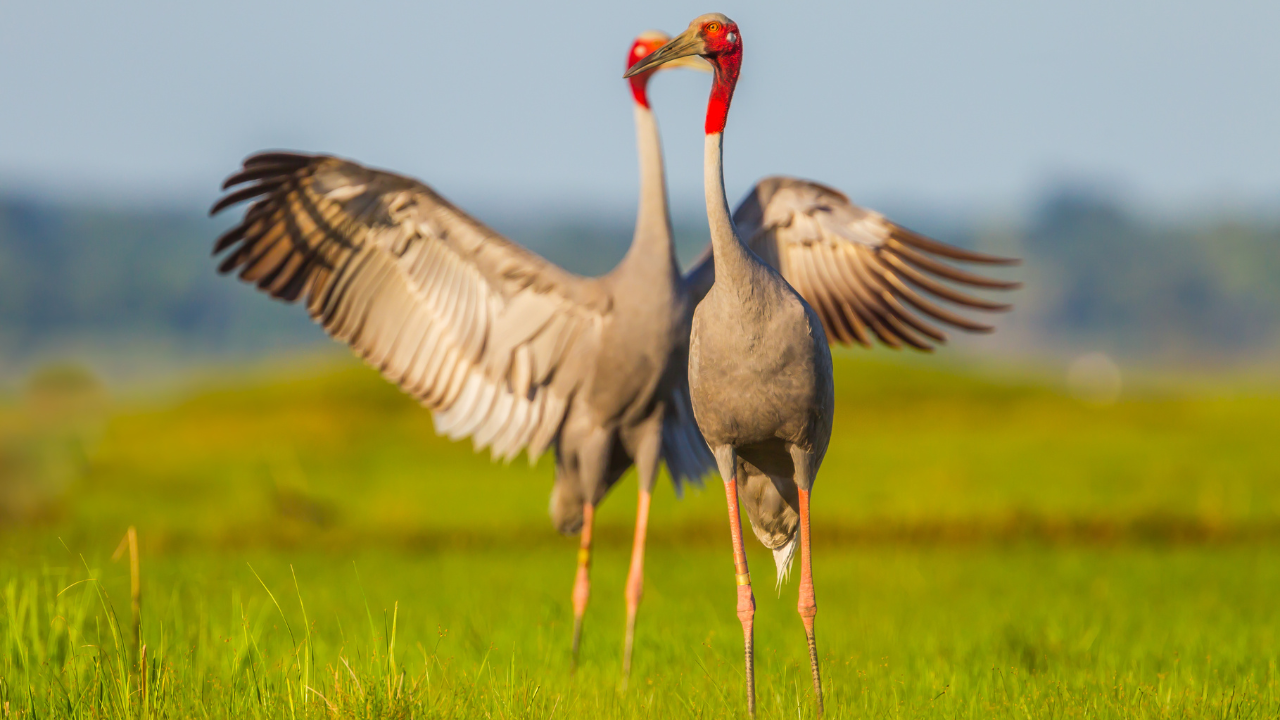
Sarus Cranes in India
Sarus Cranes thrive across the expanse of northern and central India, particularly favoring its wetlands. You’ll find them gracing their habitat with majestic tall stature and regal grey plumage in these regions.
They’re often observed performing courtship displays which involve intricate dances paired with trumpet-like calls, a fascinating spectacle for bird watchers and naturalists alike.
Affectionately revered in local folklore and mythology, they symbolize love due to their monogamous nature – Sarus cranes mate for life. Despite being nonmigratory birds, habitat loss due to human disturbance and agricultural expansion pose significant threats to this species; hence robust conservation efforts are indispensable for preserving these avian gems.
Australian Distribution
The Sarus crane, known for its majestic stature and distinctive red head, can also be found in parts of Australia.
The Sarus cranes occupy distinct ranges in northern Australia, inhabiting wetlands and grasslands. Their grey plumage and long neck add to the avian diversity of Australia’s ecosystems.
Conservation efforts are being made to protect the habitat of these beautiful creatures from human disturbance and agricultural expansion.
Ecology and Behavior
The Sarus Cranes are known for their majestic appearance and fascinating behavior. From their feeding habits to courtship displays, their ecology and behavior are truly captivating. Read on to learn more about these incredible birds.
Feeding habits
The Sarus cranes have a diverse and adaptable diet, allowing them to thrive in different habitats. These majestic birds primarily feed on aquatic plants, such as water lilies and sedges, which they pluck from the water with their long beaks.
However, they also consume insects and small vertebrates like frogs and snails. Sarus cranes have been observed foraging for grains in agricultural fields during the breeding season.
Their feeding habits help maintain a balanced ecosystem by controlling insect populations and dispersing seeds through their droppings.
Courtship and breeding behavior
The courtship and breeding behavior of Sarus cranes is an awe-inspiring sight to behold. Their graceful dances and melodious calls illustrate their deep bond as they find mates and raise their young together in wetland habitats across South Asia and Australia.
- Lifelong Partnerships: The courtship and breeding behavior of the Sarus Cranes is genuinely fascinating. These majestic birds are monogamous, forming lifelong pairs during the breeding season. They engage in elaborate courtship displays that include dancing and trumpet-like calls to attract a mate.
- Dancing and Calling: Now, here comes the impressive part. Sarus Cranes show off their love by engaging in elaborate courtship displays. They dance gracefully, moving their long necks in a mesmerizing manner. And guess what? They make trumpet-like calls to attract their potential mates, like having their own unique language of love!
- Nesting Artistry: Once they find their perfect match, the cranes work together to build an impressive nest. They use aquatic plants to create a comfortable home in wetland areas, close to water sources. The female typically lays one or two eggs, which both parents take turns incubating for about 30 days. After hatching, the chicks are cared for by both parents until they fledge at around 90 days old.
- Parenting Duties: When the nest is ready, the female lays one or two eggs. Both the male and female take turns incubating the eggs for about a month. It’s like they have a joint schedule for being the best parents! It’s incredible to witness such devoted parenting from these remarkable birds.
- Family Care: Once the eggs hatch, cute little chicks emerge. Now, both mom and dad are actively involved in raising their young ones. They provide food, protection, and love to ensure their chicks grow healthy and strong.
Predators
Among the notable predators are large raptors like eagles and hawks, which pose a danger to young chicks and vulnerable juveniles. Additionally, medium-sized carnivores such as foxes, jackals, and mongooses may target eggs or young cranes left unguarded.
Moreover, when Sarus Cranes forage in open fields, they are vulnerable to opportunistic predators like wild dogs and feral cats. Despite these challenges, the Sarus Crane has adapted to cope with its predators through cautious behavior, nesting in safe locations, and employing alertness to protect its offspring from harm. The survival of this iconic bird species relies on maintaining a healthy balance between their population and the natural predators in their ecosystem.
Conservation efforts aimed at preserving their habitats and minimizing human-induced threats play a crucial role in safeguarding the future of Sarus Cranes.
Conservation Status
The Sarus cranes are currently classified as an endangered species. Their population has declined due to habitat loss and human disturbance, particularly from agricultural expansion and development. Nepal has seen a slow but steady jump in their population, but the country is home to only a tiny percentage of its global population.
Wetland degradation also poses a threat to these majestic birds. Conservation organizations are trying to protect their habitats and raise awareness about the importance of preserving wetlands for the survival of Sarus cranes and other waterbirds and wildlife.
These initiatives are crucial in maintaining our natural environment’s ecological balance and biodiversity.
Conservationists monitor bird populations, track their movements, and study their behavior to understand their needs better and implement effective protection measures. By supporting these conservation efforts, we can contribute to safeguarding the future of this magnificent bird species for generations to come.
Cultural Significance of Sarus Cranes
The Sarus cranes hold great cultural significance in many regions where they are found. In India, for example, they are considered a symbol of marital fidelity and longevity. There are even traditional dances inspired by the graceful movements of this majestic bird.
The Sarus cranes are also revered in Australia, where it has been adopted as an emblem for wetland conservation efforts. Its beauty and symbolic value have made it an important part of folklore and mythology throughout its range.
Bird watchers, naturalists, conservationists, and travelers can appreciate the cultural connections that surround this remarkable bird.
Appearance and Characteristics
The Sarus cranes are the tallest flying bird in the world and the largest of all crane species. They are a majestic sight – standing almost six feet tall with an eight-foot wingspan.
These magnificent birds have a distinct appearance, with their red head and upper neck contrasting against their predominantly grey plumage. The Sarus cranes’ long neck adds to their graceful demeanor as they move through wetlands and grasslands, their preferred habitats.
The Sarus Canes stand out among other avian species with their tall stature and striking features.
Despite being impressive birds in size, the Sarus Cranes are known for more than appearances. They exhibit fascinating characteristics that make them even more intriguing to observe.
For instance, They form monogamous pairs during breeding season and displays courtship behavior, including dances and trumpet-like calls. Interestingly, these cranes can express deep emotions such as love, attachment, tenderness, anxiety, and distress – traits often associated with humans.
So next time you find yourself near wetlands or grasslands inhabited by Sarus cranes, take a moment to appreciate their captivating appearance and observe their unique characteristics that set them apart from other birds in the animal kingdom.
Reproduction and Mortality Factors
The Sarus Cranes are known for their monogamous pairs and lifelong commitment to their mates. During the breeding season, these majestic birds engage in elaborate courtship displays, including dances and trumpet-like calls.
They build their nests near wetlands or grasslands, using aquatic plants and surrounding vegetation. The female lays 1-3 eggs, which both parents take turns incubating for about a month.
After hatching, the chicks are cared for by their parents until they can fly at around three months old.
Sadly, several factors affect the reproduction and mortality of Sarus cranes. Habitat loss due to agricultural expansion and human disturbance poses a significant threat to their nesting areas.
Additionally, the use of pesticides in agricultural practices can lead to the decline of insects – an important food source for both adults and chicks. Predators such as feral dogs and larger bird species also pose risks to Sarus crane eggs and young ones.
Despite these challenges, conservation efforts have been implemented to protect these vulnerable species and ensure successful reproduction rates. By preserving wetland ecosystems, managing protected areas, raising awareness among local communities, and regulating agricultural practices near crane habitats; we can help secure a better future for these magnificent birds.
Conservation Efforts
Conservation efforts for the Sarus crane are crucial to protect this majestic bird and ensure its survival. Here are some key initiatives taken by organizations and governments:
- Wetland conservation: Protecting and restoring wetlands, which serve as important habitats for the Sarus crane, is a top priority.
- Habitat preservation: Efforts are being made to protect grasslands and wetlands from habitat loss due to agricultural expansion and human disturbance.
- Awareness campaigns: Educating local communities, bird watchers, and travelers about the importance of conserving the Sarus crane and its habitat.
- Monitoring and research: Studying the behavior, population dynamics, migration patterns, and breeding success of Sarus cranes to better understand their needs.
- International collaborations: Collaborating with countries across their range to implement conservation measures and exchange information on crane populations.
- Legislation and enforcement: Implementing laws to prevent hunting, poaching, or illegal trade of Sarus cranes.
- Community involvement: Involving local communities in conservation efforts through capacity building programs, alternative livelihoods, and sustainable resource management.
- Protected areas: Establishing protected areas such as bird sanctuaries or wildlife reserves where the Sarus crane can thrive undisturbed.
- Ecosystem restoration: Restoring degraded habitats by planting native vegetation and improving water quality in wetlands.
Frequently Asked Questions about Sarus Cranes
Is Sarus crane endemic to India?
No, the Sarus crane is not endemic to India. It is found in several countries in South Asia, including India, Nepal, and Pakistan.
Which crane is found in Nepal?
Of the 15 species of Cranes in the world, 4 species are found in Nepal:
- Common Crane (Laxman Sarus)
- Demoiselle Crane (Karyankurung)
- Black Naked Crane (Karikanths Sarus) and
- Sarus Crane (Sarus)
What are the interesting facts about Sarus crane?
- The Sarus crane is the world’s tallest flying bird.
- They are known for their elaborate and graceful courtship dances.
- Sarus cranes form strong pair bonds and are often seen in pairs throughout their lives.
- They have a distinct red patch on their head, which becomes brighter during the breeding season.
- Some cultures consider Sarus cranes sacred and associated with various legends and folklore.
What does the Sarus crane symbolize?
The Sarus crane symbolizes longevity, prosperity, and good fortune in many Asian cultures.
What is the spiritual meaning of a Sarus crane?
The Sarus crane is often associated with spirituality, representing purity, devotion, and a connection to nature in various spiritual beliefs.
What is the tallest bird in Nepal?
The Sarus crane is the tallest bird in Nepal.
What is the region of the Sarus crane?
The Sarus crane is found in South Asia, specifically in the Indian subcontinent, including India, Nepal, and Pakistan.
What does “Sarus” mean in English?
“Sarus” refers to a type of crane, particularly the species Grus antigone, commonly known as the Sarus crane.
What is a Sarus in English?
A “Sarus” in English is a type of crane, specifically the Sarus crane (Grus antigone).
Are cranes native to Australia?
Yes, cranes are native to Australia. One example is the Brolga crane (Grus rubicunda).
What is the Aboriginal name for crane?
The Aboriginal name for crane varies among different Indigenous Australian groups, and there are various local names for different species of cranes.
Where do Sarus cranes live?
Sarus cranes live in wetlands, marshes, and other freshwater habitats in South Asia, including India, Nepal, and Pakistan.
What is Nepal’s national bird?
Nepal’s national bird is the Himalayan Monal (Lophophorus impejanus), also known as the Danphe.
Which animal is only found in Nepal?
The Red Panda (Ailurus fulgens) is an animal that is primarily found in the Himalayan region, including Nepal.
What is the rare bird in Nepal?
The Spiny Babbler (Turdoides nipalensis), locally known as Kande Bhyakur, is a rare bird species found in Nepal.
What is the 2nd largest crane in the world?
The 2nd largest crane in the world is the Wattled crane (Bugeranus carunculatus).
What is the rarest crane in the world?
The Siberian crane (Leucogeranus leucogeranus) is one of the rarest cranes in the world.
What is the 3rd largest crane in the world?
The 3rd largest crane in the world is the Grey Crowned crane (Balearica regulorum).
Conclusion
The Sarus Cranes are majestic birds with their tall stature and striking appearance. Their distinctive red head and grey plumage make them easily recognizable in their wetland habitat.
Unfortunately, due to habitat loss and human disturbance, this endangered species faces numerous challenges for survival. Conservation efforts are crucial to protect the Sarus Cranes and ensure their continued presence in our ecosystems for future generations to appreciate.
